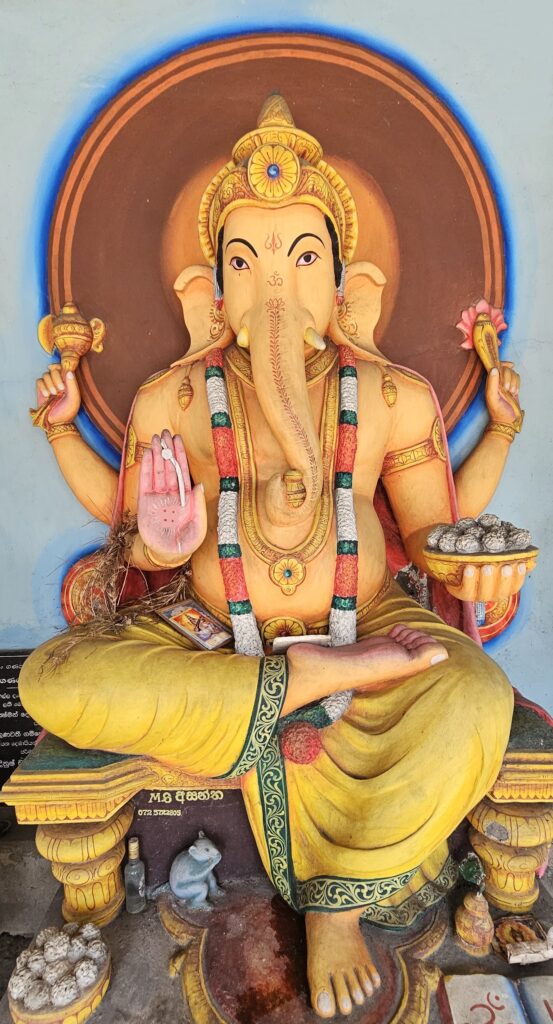
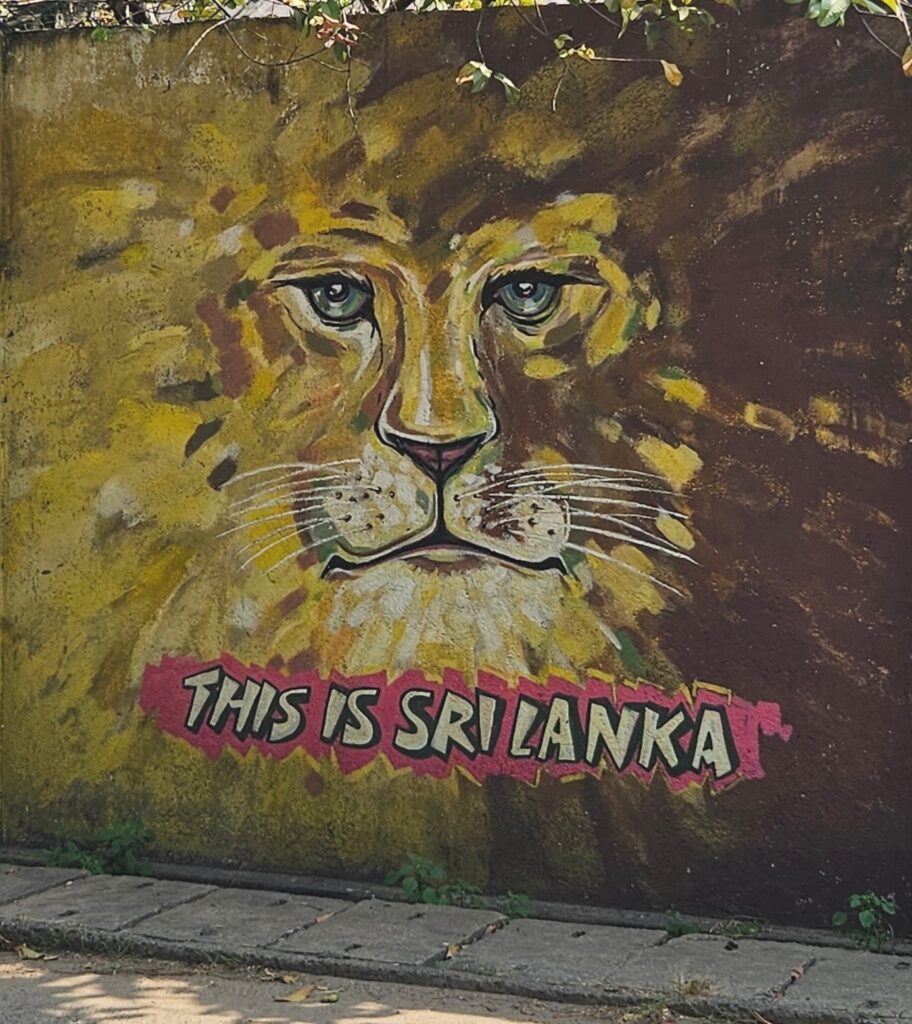
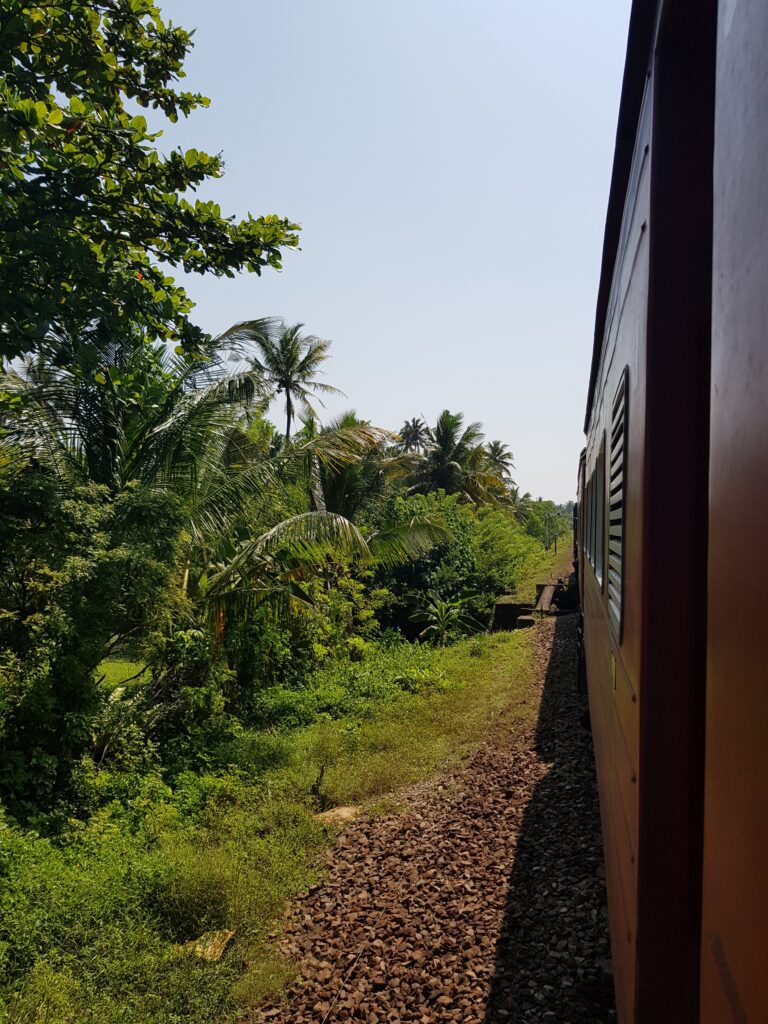
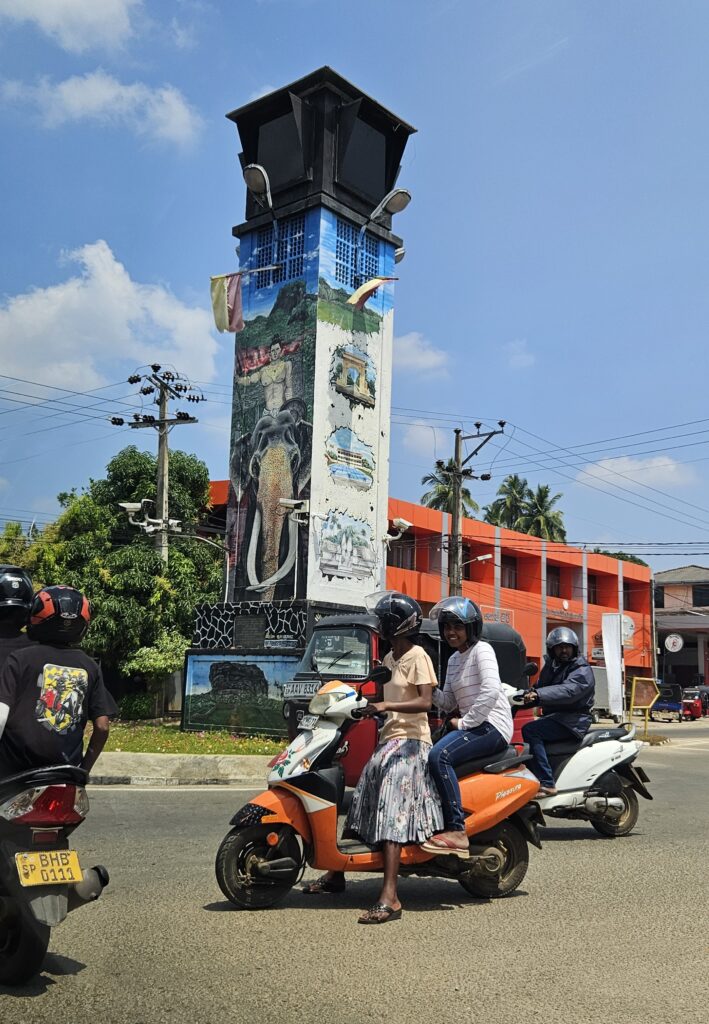
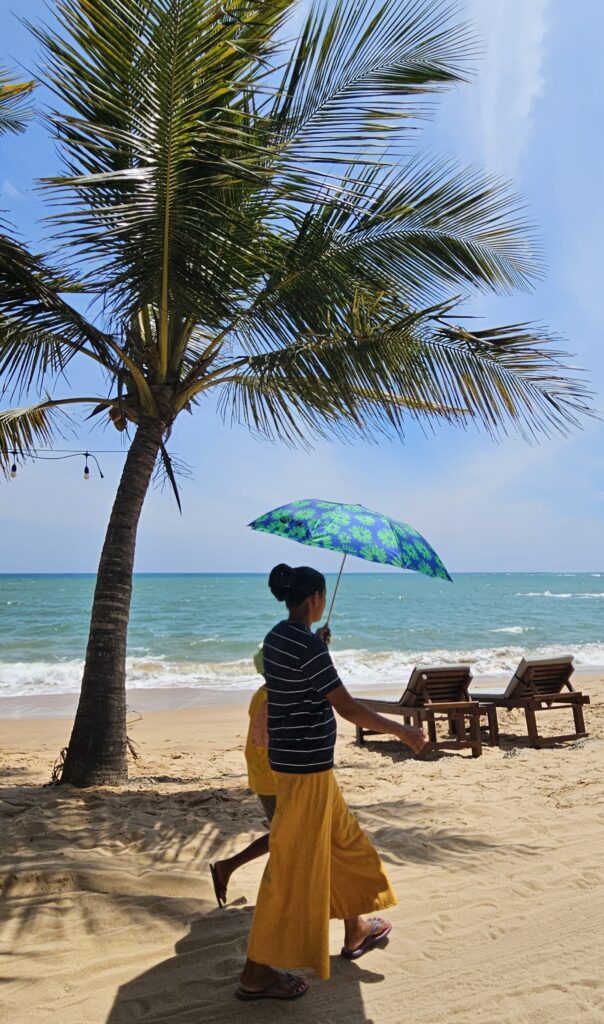
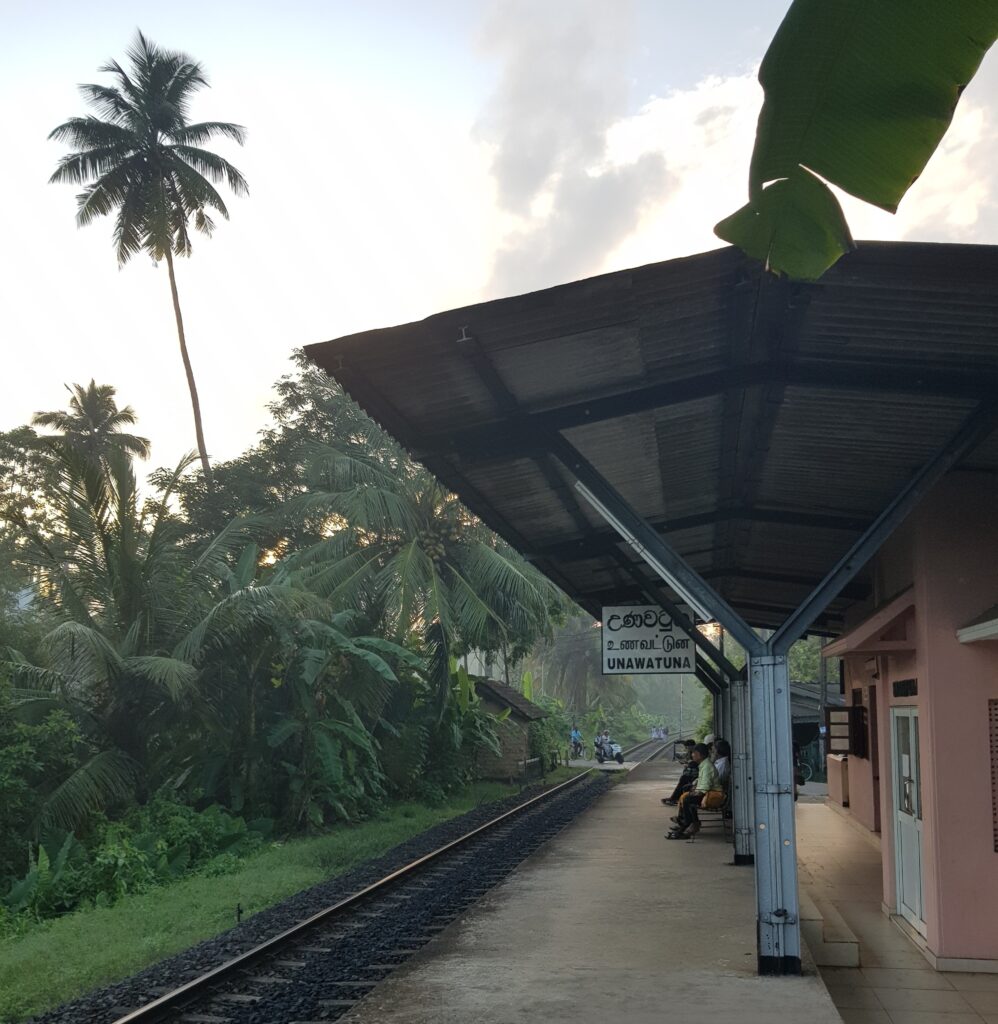
Land & People in Sri Lanka
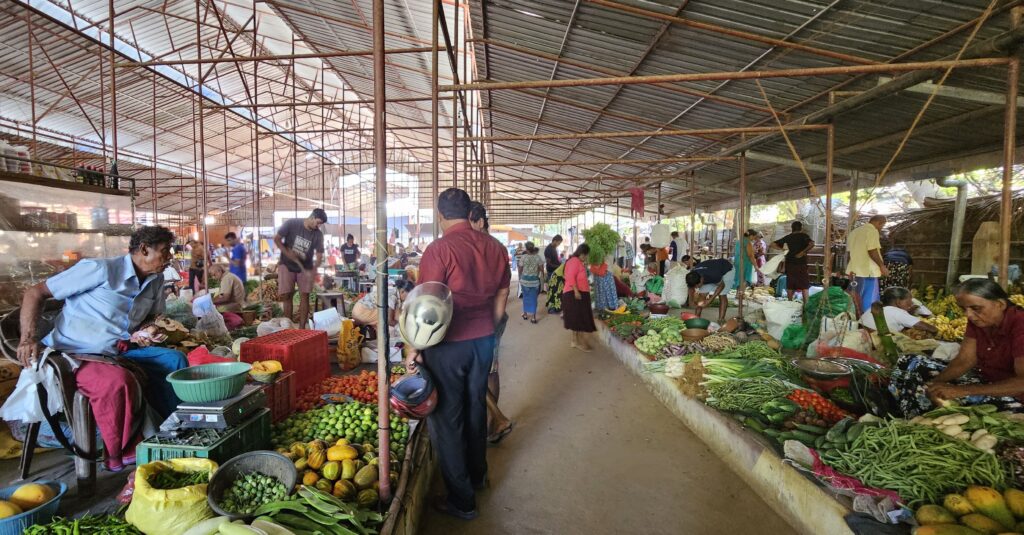
People
Sri Lanka is home to around 22 million people with diverse cultural roots. Just under 20 % of the population lives in cities. The island’s indigenous people call themselves Wanniyalaeto, which means “forest dwellers”. They are more commonly known as Veddas, meaning “hunters”. They trace their ancestry through the maternal line. It is difficult to estimate how many Veddas still live in Sri Lanka today.
The majority of the population in the country are the mostly Buddhist Sinhalese, followed by predominantly Hindu Tamils (both groups include a small Christian minority). Next are the Muslim Moors (from the Dutch word for Moors) and the so-called Burghers (from the Dutch word for citizens), descendants of European, especially Portuguese and Dutch colonists.
The millennia-old traditions, festivals, and customs of all these communities come together to form the fascinating and diverse culture of Sri Lanka.
Temples
In Negombo, we saw a Hindu temple for the first time – the colorful Sri Singama Kali Amman Kovil. As its name suggests, it is dedicated to Kali, the Hindu goddess of destruction and transformation. Amman is a Tamil-Hindu term meaning “mother” or “divine mother”. The word Sri is often used before the names of gods or temples as an honorific title expressing respect, meaning “holy” or “revered”. Singama possibly refers to a place name or a specific form or manifestation of the goddess Kali. Kovil is Tamil for “temple”. So, this is the sacred temple of the mother goddess Kali (in) Singama. Although Kali can appear fearsome in many depictions, she is also a protective mother goddess who destroys evil, overcomes the ego and grants spiritual liberation.
In Sri Lanka, Hindu and Buddhist elements often blend impressively, both in architecture and religious art. One example is the Henakaduwa Purana Rajamaha Viharaya temple east of Tangalle, where alongside traditional Buddhist figures and symbols such as the Buddha, the Bodhi tree, and the Dagoba (Stupa), Hindu deities like Ganesh with his distinctive elephant head are also present. This connection is especially evident in one of Sri Lanka’s four guardian deities, the war god Kataragama (Tamil: Murugan). Here, the two religious traditions unite in the worship of a shared deity.
We admired Sri Lanka’s largest Buddha statue at the Wewurukannala Buduraja Maha Viharaya temple near Dikwella. It is about 50 meters tall and quite recent, dating back to the 1960s. In Unawatuna, we visited the Buddhist shrine Welle Devalaya, which offers a peaceful retreat on the busy beach and a fantastic view. We attended a Buddhist ceremony there and continued our journey filled with spiritual energy, protection and good wishes.
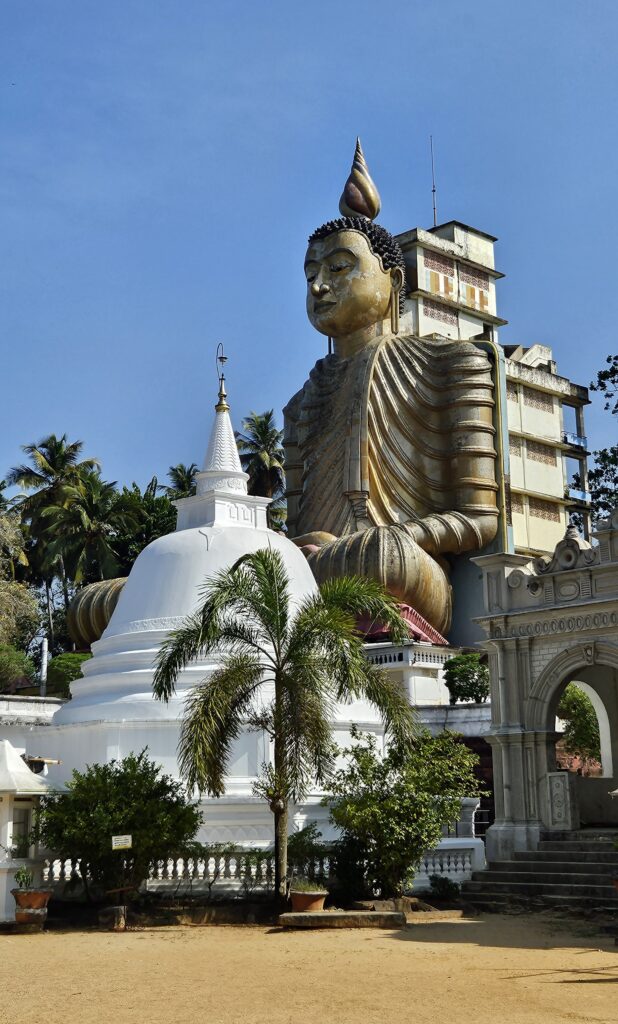
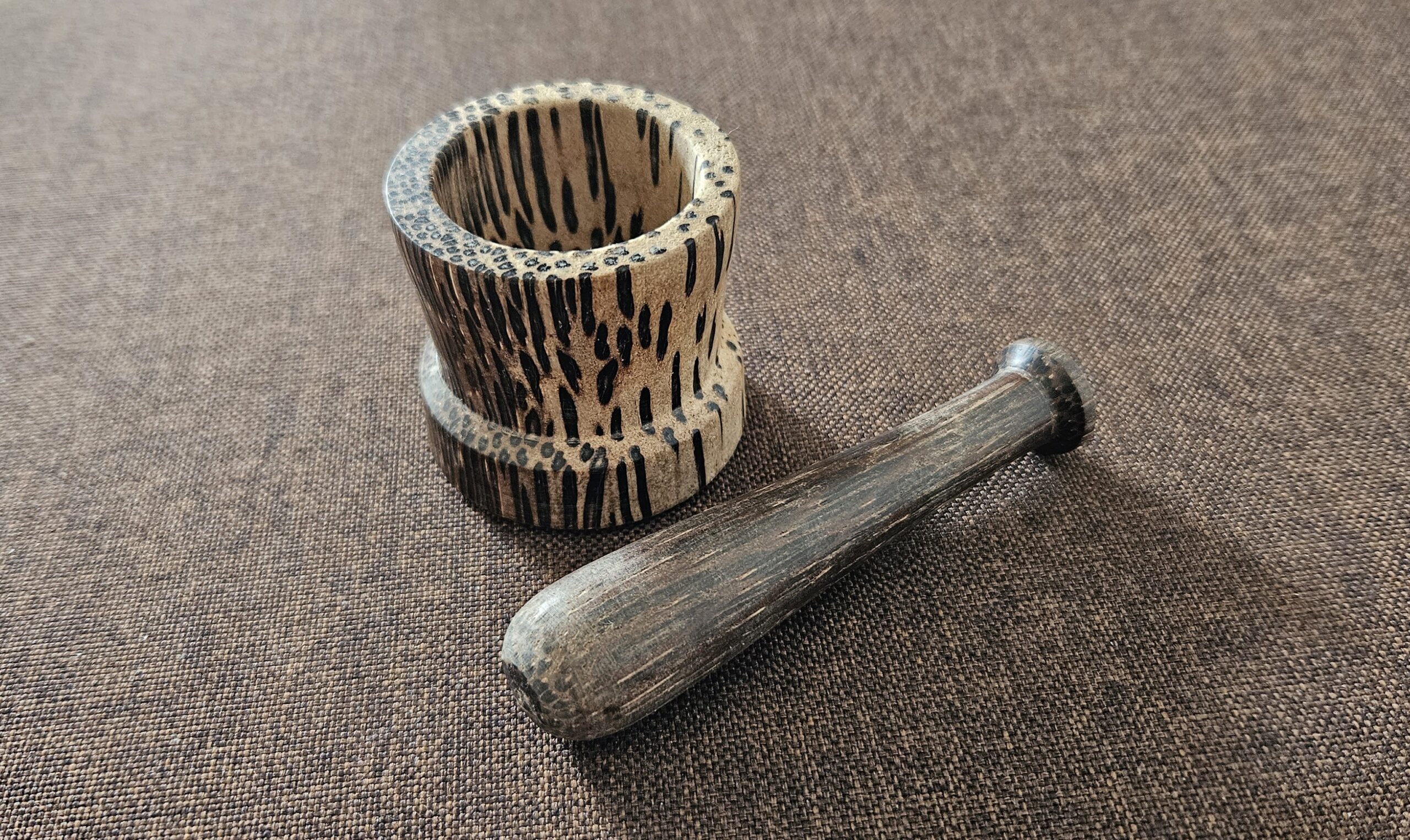
Handicrafts
Sri Lanka also has a long and rich tradition of handicrafts. We admired various types of wood carvings and pottery at several places, especially in Dikwella and Tangalle. The local markets provide a great opportunity to find authentic souvenirs.
Ambalangoda
The town of Ambalangoda on the west coast, famous for its traditional masks, puppet shows and devil dances, is perfect for a day trip. We caught the train from Unawatuna to Galle at around seven in the morning and arrived in Ambalangoda just under an hour later. The train was punctual, and we traveled 2nd class for 200 rupees per person, with the windows open, which was great. From the Ambalangoda station, the mask museums are only about a kilometer away along the sometimes bustling, sometimes very relaxed Main Street, roughly a 15-minute walk.
If you walk a little west from the museums (less than 300 meters), you’ll reach a beautiful, expansive, almost deserted beach. We spent quite some time there, ate at the Peacock Beach Restaurant with a view of the sea, and chatted with Kalu, the friendly owner.
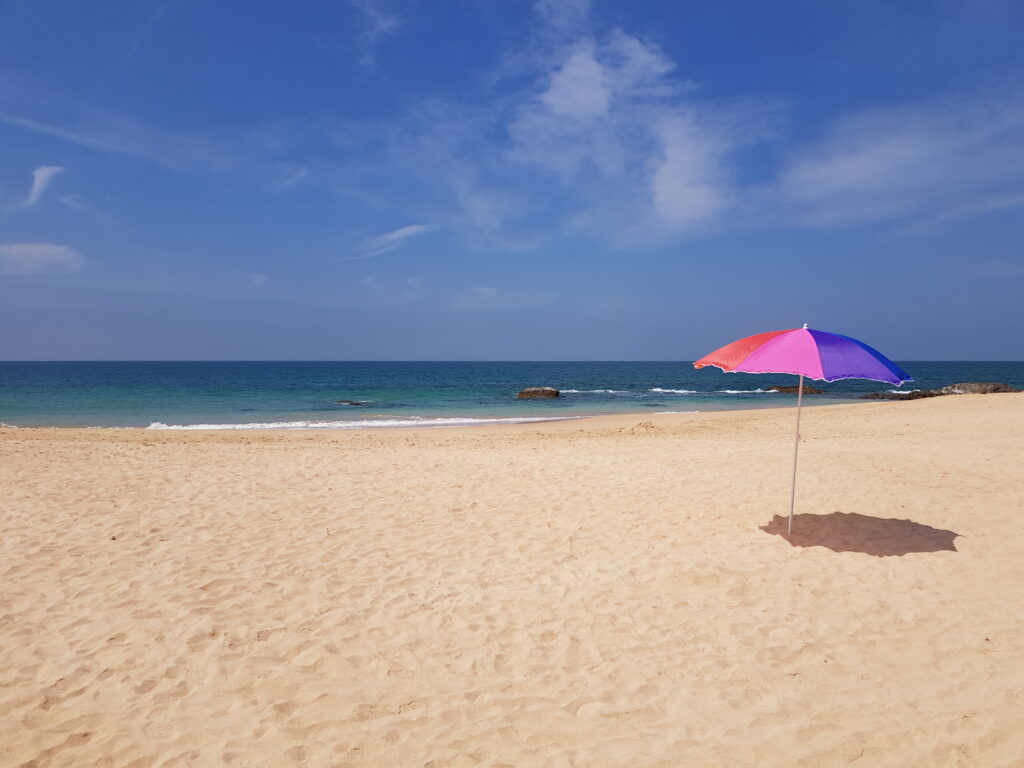
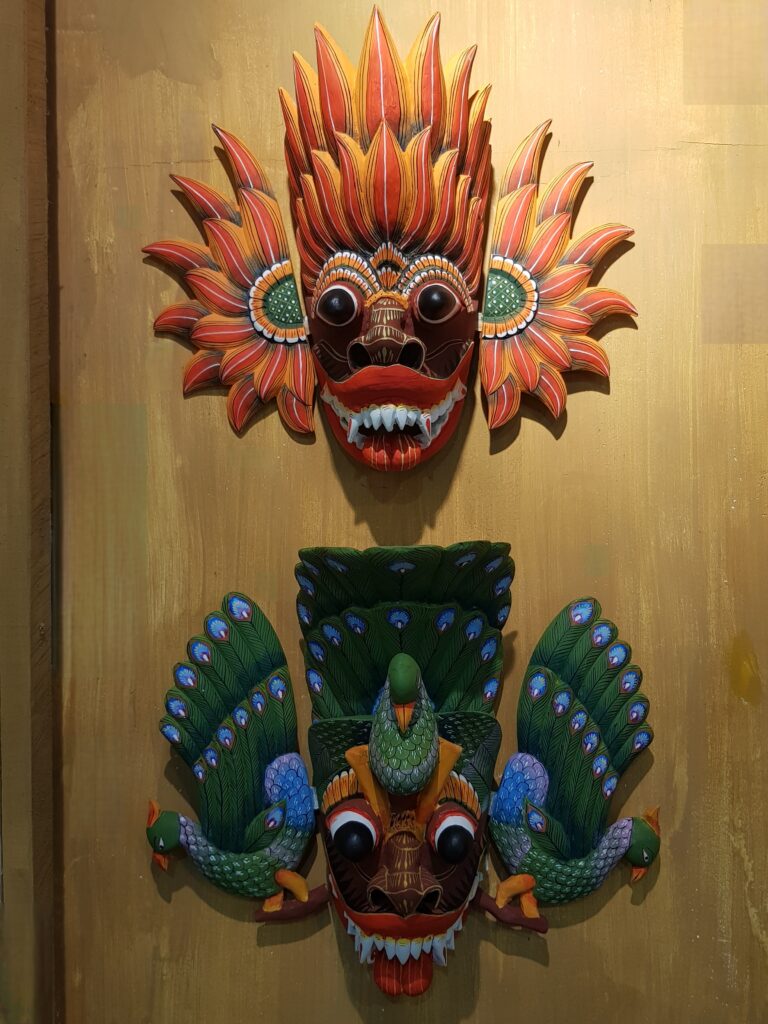
Masks
We visited both the Ariyapala Traditional Masks & Museum and the Āriapāla Mask Museum located opposite each other. Both museums, with workshops and sales rooms, complement each other well, and admission is free; donations are requested at Āriapāla. We also visited L.A.R. Nandana, whose small workshop we discovered during a walk through the town. Craftsman Nandana is one of the few who still masters the art of mask-making. He has decided to continue doing what he does best and to keep this dying tradition alive. The experienced mask maker, who can effortlessly create even complex masks, understands the significance of the devil faces and says it’s not easy to choose the right mask for one’s home or business premises.
There are basically three main groups of masks: comedic masks, medicinal masks and devil masks. The latter are apotropaic, meaning they are intended to ward off evil.
Comedic masks are used in theatrical performances to tell stories. There are various characters (e.g., king and queen, old woman, policeman, animals like the lion, as well as funny and evil demons).
Medicinal masks are used for ritual purposes to help people with different health issues. They represent 18 different illnesses and their corresponding demons, which are believed to be driven away through these masks.
Devil masks or Rakshas (demons) include five main types, each with different functions. They are made from very light, easy-to-carve Kaduru wood (Pagiantha dichotoma), which is similar to balsa wood (Ochroma pyramidale).
Cobra mask: represents general protection. It features a total of nine snakes or cobras.
Fire mask: also provides protection. It is easily recognized by the flames on the sides, symbolizing fire.
Garuda or bird mask: symbolizes prosperity. It appears half human, half eagle, and can be identified by its beak.
Peacock mask: brings good luck. This mask is easy to identify as it depicts a peacock.
Gara mask: protects against the evil eye and evil spirits. It is recognized by the two side circles representing ears and the tongues in front of them. Usually, three cobras sit on top of the head. This mask is typically placed outside on houses.
Wax Batik
In Ambalangoda, another traditional craft can be admired: wax batik, an ancient dyeing technique. We visited the highly impressive workshop of Dudley Silva. Dudley is a true artist. Enthusiastically, he guided us through his workshop and explained how liquid wax is used to paint any shapes and patterns onto fabric, which is then dyed. At the end, he showed us his beautiful works, which can also be purchased to support local craftsmanship – a lovely, authentic souvenir!
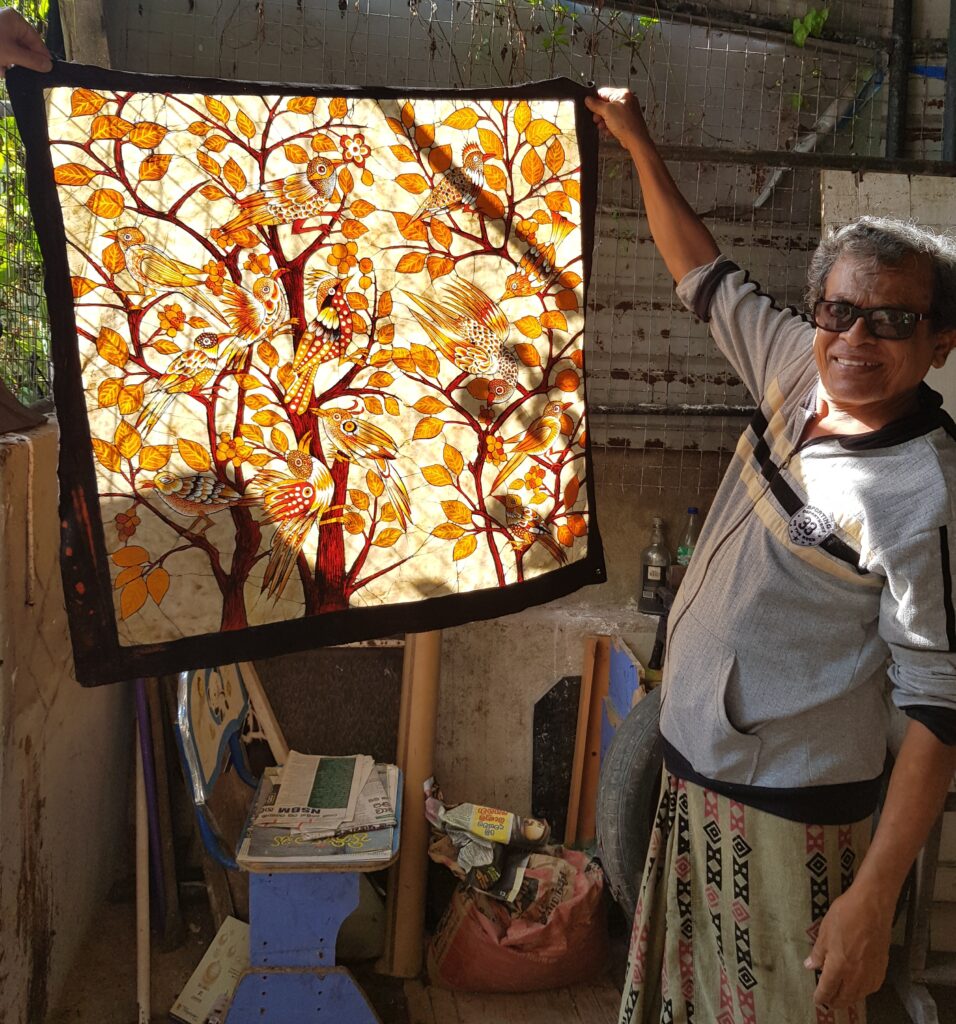




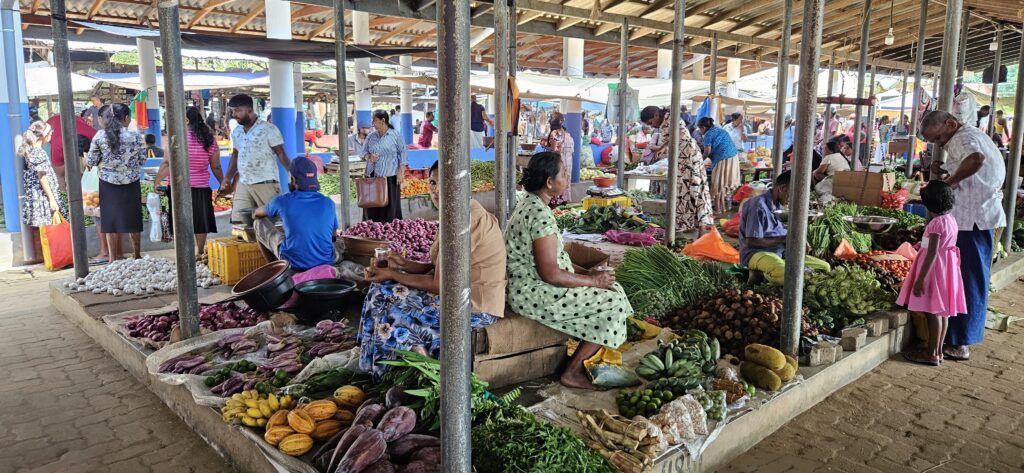
Leave a Reply